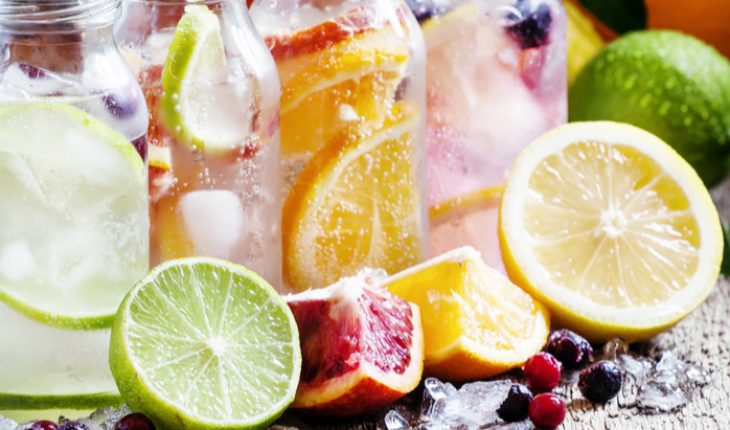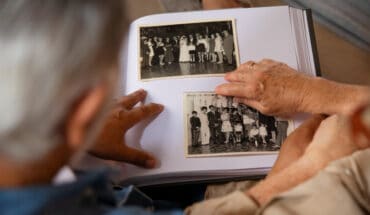When it comes to breast cancer risk, there is no safe limit for drinking alcohol, although the risk is linear – the more you drink, the greater the risk.
Regularly drinking alcohol, even one drink a day, increases your risk of breast cancer. Of course, it is not the only risk factor, so women who don’t drink at all can still get breast cancer.
Alcohol and breast cancer risk
In a group of 50 women who do not drink, about six will probably develop breast cancer in their lifetime. In contrast, in a group of 50 women who drink two units of alcohol a day (a standard glass of wine) about seven will develop breast cancer in their lifetime. So drinking two units a day causes one extra women out of every 50 to develop breast cancer.
No type of alcohol is ‘better’ than another, since all types of alcohol contain ethanol. This breaks down to a toxic product which causes DNA damage and can lead to cancer in various parts of the body, and could damage breast tissue cells.
No type of alcohol is ‘better’ than another, since all types of alcohol contain ethanol. This breaks down to a toxic product which causes DNA damage and can lead to cancer in various parts of the body, and could damage breast tissue cells.
So, while red wine isn’t better than vodka or any other type of alcohol, the size, alcohol content and number of drinks you have will affect your risk of breast cancer.
When it comes to breast cancer, we don’t know exactly why alcohol increases the risk. If it’s not DNA damage, it may also be because alcohol alters the levels of hormones in your body, including the female hormone oestrogen. Some studies have shown that oestrogen levels are higher in women who drink more alcohol. Around 60-80 per cent of all breast cancers are oestrogen positive receptor cancers. Oestrogen plays many different roles in the body but may also help to fuel breast cancer tumours.
The benefits of Dry January
If you’re looking to cut out or cut down the amount you drink, Dry January is a great opportunity to kick start a healthier lifestyle. You can abstain from alcohol for the month while still having a good time with friends and colleagues.
An estimated five million people take part in Dry January each year and reap their short and longer term health benefits.
We know that many people struggle to reduce their drinking because their friends and family drink, so doing Dry January with others can be helpful.
For the majority, Dry January isn’t going to be the start of a lifetime free from alcohol, but research suggests that those who’ve previously taken part in the month-long initiative have reduced their drinking six months on.
Cutting down after Dry January
We advise women to cut down their drinking to a glass of wine every now and then and have alcohol free days.
It can be difficult to gauge how much you’re drinking, particularly since average wine glass sizes have changed through the years. A large pub-size is now 250ml, or the equivalent of three units of average strength wine. If you drink wine at home, measure out your drinks to track what you’re having. And if you drink alcohol to relax, try and think of other ways to unwind, like doing some gentle exercise. Breast Cancer Now is partnering with Dry January to encourage people to reduce their risk of breast cancer. Sign up and raise money for Breast Cancer Now, so that, by 2050, every woman who gets breast cancer will live.
- Dry January to help beat breast cancer - 2nd January 2018







